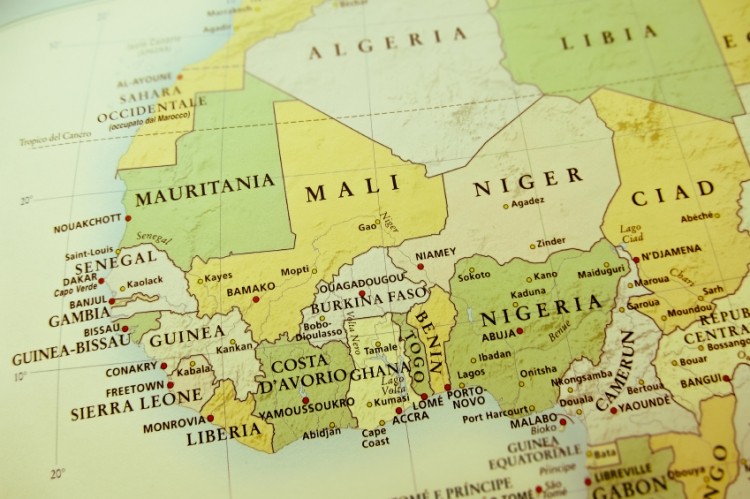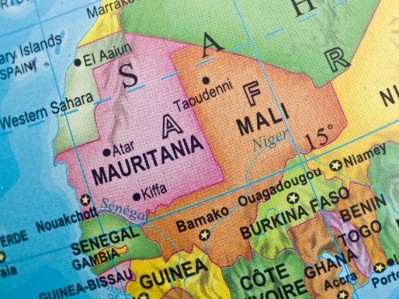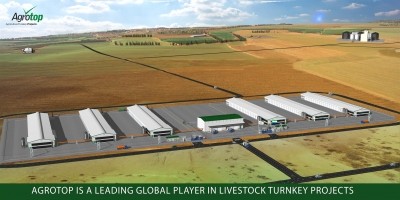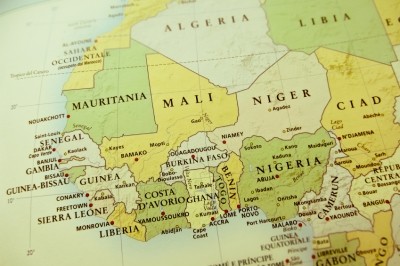Philafrica: ‘Animal feed is by far the biggest potential food category…the challenge is finding the raw material’

In an exclusive interview with this publication, Philafrica CEO Roland Decovret said: “Animal feed is by far the biggest potential food category and the most underdeveloped in the African sub-continent. The challenge is finding the raw material on a consistent basis.”
South Africa headquartered Philafrica was established as a subsidiary of agricultural investment holding company Afgri Group in April this year. A R5bn (US$250m) business, Philafrica already operates seven feed factories, four grain mills and an oil seed crushing and extraction plant in the continent.
Decovret said the reason for establishing a separate entity was to focus on food and feed processing across Africa. “Afgri’s key focus is grain management, whereas Philafrica’s is unlocking the potential of African agriculture to become a net food exporter,” he explained.
“We like to believe that we are different because we believe in the future of Africa - not just South Africa. We are committed to developing, processing and adding value to locally grown crops, on building up supply from smallholders and on import replacement,” he said.
Strategic deals with local operators and development of greenfield sites both form part of the company’s planned route to expansion. Philafrica has already closed two deals - in Mozambique and Zimbabwe - and said it was eyeing further opportunities in Kenya, Nigeria, Senegal and Côte d’Ivoire.
Done deals
Last week, Philafrica announced that it had entered into a 50/50 joint venture with Novos Horizontes, a vertically integrated poultry producer in Mozambique. Decovret said that with imports accounting for 60-70% of all poultry consumed in Mozambique, this move underpinned Philafrica’s focus on import replacement and on working with smallholder farmers to develop local availability of raw materials.
Decovret declined to disclose the name of the partner company, but said that the second deal would capitalise on the opportunity for replacing wheat imports with locally grown cassava and would involve building processing facilities in two West African countries. Whilst much of the cassava processed would be destined for human consumption as a wheat flour replacer, he said there could be potential feed applications.
“Cassava is used in animal feed in Brazil but not yet in Africa, despite being the continent’s biggest crop. This is one of many opportunities in Africa to process raw materials.”
He added: “It is not an issue for us to build processing facilities; the challenge is securing enough supply to go through the plant,” an issue he said was true for any raw material - not just cassava.
This, he said, was the biggest barrier to the development of Africa’s feed industry, and one of the reasons why Philafrica is pursuing an investment strategy aimed at developing value-added products and synergies between the different areas of its business, rather than animal feed products per se.
“We wouldn’t enter into an animal feed investment in isolation; it would have to be linked to another part of the business, for example oil seed crushing. We wouldn’t go into milling for the sake of it as there is already a lot of capacity in Africa - it would need to be for a value added product. There may then be an opportunity to utilize the by-products, whether press cake from apples or nut shells from cashews - as an animal feed ingredient.”
The exception to this rule of thumb could be Ethopia, where Philafrica is looking at potential greenfield investments.
“We have identified Ethiopia as a key market for feed. The sheer size of the cattle population (55 million) and the number of feedlots coupled with a very poorly developed feed industry make Ethopia very attractive for potential investment,” said Decovret.








